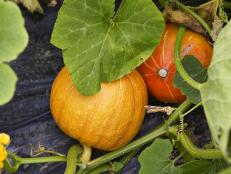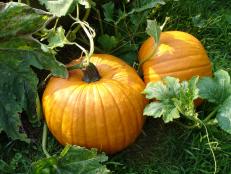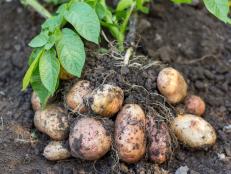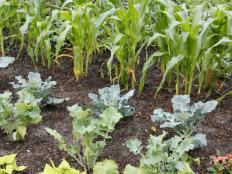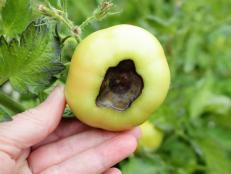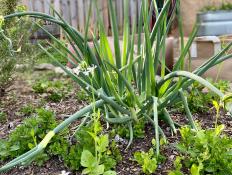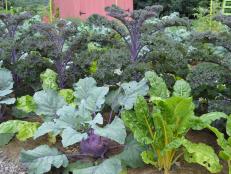Where Do Pumpkins Grow?
Transform your yard into a pumpkin paradise. Get started by learning what kind of soil pumpkins like to sink their roots into.

Shutterstock/Kaya Shelest
The seasonal pleasure that pumpkins starts begins with a simple seed. Tuck that seed into the right place, and your pumpkin growing efforts will be fun and fruitful. Choose the wrong setting, and growing a pumpkin can quickly become a burden. Where do pumpkins grow best? Learn where to plant pumpkins for the best success.
Start with sunshine. Like many vegetables, pumpkins are sun worshipers. The more sun you can give them, the better. Sun is what fuels pumpkin production. Leaves convert sunshine into internal plant food that’s shuttled to vines and growing pumpkins. More sun yields more pumpkins and bigger pumpkins. At minimum, plant your pumpkins where they’ll receive at least six hours of direct, unfiltered sun each day.
The other reason that sun is important is because it helps keep the leaves dry. In the early morning, when sun strikes the leaves, it dries the dew quickly. The longer sun bathes a pumpkin vine later in the day, the longer leaves can remain dry. Why are dry leaves important? Pumpkin leaves are susceptible to several fungal diseases, which spread rapidly on moist leaves. If these fungal diseases become severe, leaves die and pumpkins can’t reach full size.
Pumpkin-palooza! 10 Pumpkin Varieties
See All PhotosIt really doesn’t matter if your pumpkin patch runs north to south or east to west. As long as it receives full sun, you’re going to get fruit. If you happen to have a slope with a southern exposure, that’s about as perfect a place as you’ll find for raising a good crop of pumpkins. That location receives sunlight late into the day, which means vines can pump up the volume of your pumpkins.
The second thing to consider is soil. Pumpkins are heavy feeders. They like rich soil—and lots of it. Many farmers who raise giant pumpkins concentrate on creating a rich base for pumpkin roots. First they excavate some existing soil and add a few wheelbarrows of compost into the planting area. Other pumpkin aficionados swear by creating a layered planting mound using layers of compost, straw, leaf mulch, and composted manure. Repeat the layers until you have a mound as high as you’d like. Remember to use only composted manure if you’re doing this near planting time. But if you know where you’re going to grow pumpkins next year, go ahead and use fresh manure in the planting area a few months ahead of time. By planting time, it will be composted.
Many pumpkin growers tuck their seeds into mounds of soil. Other prefer ditches. Use a mound if you garden where the growing season is short. In spring, the mounded soil warms faster than surrounding soil, which means you can plant sooner—as long as you protect pumpkin seedlings from any late frosts. A mound drains faster than a soil-level planting area, so be sure to water your pumpkins faithfully if rainfall is scarce.
Pumpkins need a lot of moisture to reach full size. Plant a pumpkin vine near a natural water source like a pond or stream, and you’ll be rewarded with larger-than-life fruits. In traditional backyard settings, be sure to plant your pumpkin in an area that you can easily water.











